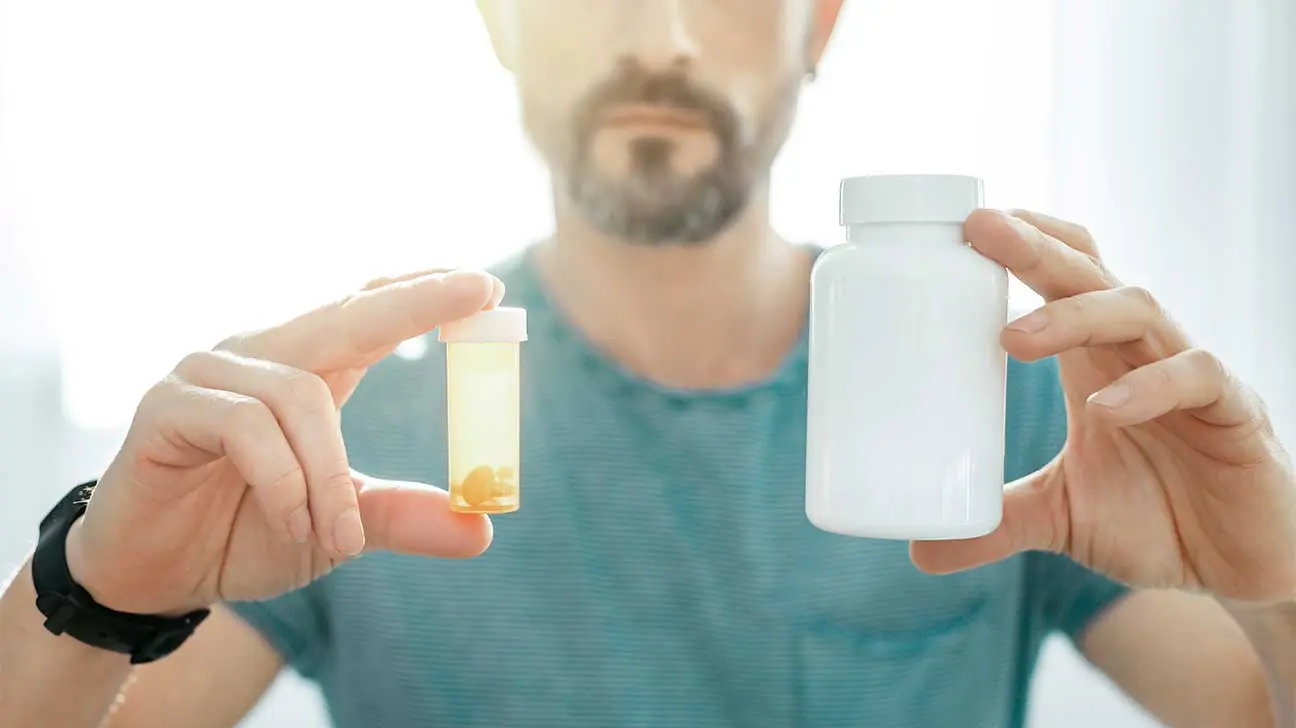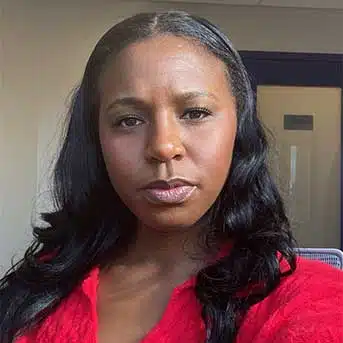
Taking methadone and benzodiazepines (including Klonopin) together can have deadly consequences. On top of the individual side effects of each drug, both are central nervous system depressants. Taking the two together can lead to severe side effects, including increased overdose risk.
Three major reasons that Klonopin and methadone are dangerous when taken together include:
- methadone and benzodiazepines are both CNS depressants
- both drugs have a high risk of abuse and addiction
- both drugs may be prescribed at the same time
Of course, an overdose resulting in death is the worst possible outcome for someone taking both methadone and Klonopin. The risk is even higher if the person is taking higher doses than his or her doctor is prescribing or if the person is using the drugs illegally.
Methadone is a medication approved by the U.S. Food and Drug Administration to treat opioid use disorder. Unfortunately, 30 percent of overdoses involving opiates also involve benzodiazepines.
Benzodiazepines (benzos) are a type of medication used to treat anxiety. This class of medications includes drugs like clonazepam (Klonopin), alprazolam (Xanax), diazepam (Valium), and more.
A lot of people who struggle with opioid abuse may also be taking or abusing benzos like Klonopin. If someone in this position enters into a methadone treatment program, they may or may not mention that they’re also taking or abusing benzos.
This is where the situation can become dangerous or even deadly. Both drugs carry a high risk for addiction and abuse, but those risk factors are much higher when a person is using the two together.
What Is Klonopin (Clonazepam)?
Klonopin is a brand name medication for the active prescription drug, clonazepam. In the United States, doctors are prescribing Klonopin for patients who have a seizure disorder or a panic disorder.
Benzodiazepine drugs are often used as a treatment for anxiety, but also have a high risk of abuse and addiction. They work by making more of a chemical called gamma-aminobutyric acid (GABA) in your body.
GABA is a chemical that blocks certain brain signals. By creating more of this blocking chemical, Klonopin is able to help calm your central nervous system.
Klonopin has mild sedative effects and makes you relax. That’s why it’s so common for relieving anxiety, stress, and panic attacks. The sedation effects are also one reason why people who have a lot of anxiety or stress can easily develop a Klonopin addiction.
In addition to panic disorders, Klonopin may be used alone or alongside other medications to treat seizure disorders like Lennox-Gastaut syndrome, akinetic, and myoclonic seizures.
Why Do People Mix Klonopin And Methadone?
Klonopin and methadone can both be safe and effective treatments when they’re prescribed by a doctor and taken the way they should be. Both of these drugs can also be addictive, especially if they’re used together.
And they can suppress your respiratory system and lead to difficulty breathing.
Still, there are several likely reasons that someone may be taking both Klonopin and methadone, including:
- both drugs have been prescribed by the same doctor
- both drugs have been prescribed by different doctors
- the person has entered a methadone maintenance program for opioid use disorder while also abusing benzos
- the person is trying to get a certain “high” or calming effect
Methadone, like buprenorphine and naltrexone, is a drug that’s commonly prescribed to treat opioid addiction. A lot of people who have problems with opioid abuse also take benzodiazepines like Klonopin.
That means that a person could enter into a medication-assisted treatment program for opioid addiction and begin taking methadone. If the person is still abusing Klonopin, there could be severe side effects.
Alternatively, a person may be prescribed both Klonopin and methadone at the same time by the same doctor or different doctors. Because both drugs are so common, but also addictive, this can be a dangerous combination.
It’s possible that dependency or addiction can occur with either drug even after taking them for only a short time at the prescribed dose. Yet, it’s not uncommon for people to mix Klonopin and methadone despite the higher risk of drug overdose.
Side Effects Of Combining Klonopin And Methadone
Methadone and benzodiazepines like Klonopin both have major side effects that can occur from regular use. These side effects can be worsened when taking both drugs together.
Klonopin, when taken alone or alongside other drugs, may cause the following side effects:
- drowsiness
- ataxia
- behavior problems
- heart palpitations
- hair loss
- constipation
- impaired cognitive and motor functions
- suicidal behavior and ideation
Additional side effects can occur depending on if Klonopin is being used to treat seizure disorder or panic disorder.
Methadone can also cause both common and serious side effects.
Possible side effects of methadone include:
- restlessness
- nausea or vomiting
- slow breathing
- itchy skin
- heavy sweating
- constipation
- sexual problems
- difficulty breathing
- light-headedness
- hives or a rash
- chest pain
- increased heart rate
- hallucinations or confusion
Whether methadone and benzodiazepines like Klonopin are taken together at the doctor-recommended doses or abused in any way, these side effects are possible. Drug addiction, drug abuse, and overdose can occur with either, but especially if the two are used together.
If you or someone you know is experiencing any of these side effects or has problems with methadone and/or Klonopin abuse, contact a healthcare professional immediately.
Drug Interactions Between Benzodiazepines And Opioids
Taking opioids and benzodiazepines together can be dangerous because both drugs have sedative effects that can suppress breathing. In many cases, this is the cause of overdose fatality.
Risks from using benzodiazepines and opioids together include:
- tiredness/sedation
- difficulty breathing
- difficulty focusing or moving
- coma
- increased risk of drug abuse/addiction
- increased risk of drug overdose
Studies in the past have shown the dangers of taking opioids and benzodiazepines together. In fact, the overdose death rate of patients who were prescribed both types of medications was 10 times higher than those who were taking opioids alone.
In another study that tracked U.S. veterans with an opioid prescription, there was an increased risk of drug overdose and death among those who were also receiving a benzodiazepine prescription.
Today, it’s recommended that doctors avoid prescribing opioids and benzos together, but if someone is having problems with a polysubstance use disorder, they may not be able to quit both “cold turkey.” In some cases, this can be extremely dangerous and the dosage will have to be lowered slowly over time.
Treating Klonopin And Methadone Abuse
There are several successful treatment options to choose from when it comes to benzodiazepine abuse, opioid abuse, or polysubstance use disorder. These options include both inpatient treatment and outpatient treatment.
Inpatient treatment is a more intensive and immersive option than outpatient treatment. With inpatient rehab, a patient will go into a detox facility and stay for several weeks or months.
Generally, this is the most effective option for people with benzodiazepine abuse, opioid abuse, or polysubstance use disorder.
Whether it’s because of jobs, families, or other responsibilities, some people aren’t able to seek inpatient treatment. Outpatient treatment is another addiction treatment option where patients visit a treatment center several times a week for support and resources.
No matter which path the patient chooses, treatment options for benzodiazepine abuse, opioid abuse, or polysubstance use disorder may include:
- behavioral therapy
- support groups
- medication-assisted treatment
- evaluation and treatment for additional mental health issues, like depression or anxiety
- long-term follow-up to prevent relapse
Because of the withdrawal symptoms, it can be dangerous to quit benzos and/or methadone all of a sudden. Instead, it’s best to get in touch with a treatment specialist that can help you figure out the best plan.
Finding A Treatment Center That Addresses Polysubstance Abuse
If you or someone you know is having problems with Klonopin abuse, methadone abuse, or opioid addiction, don’t put off getting help.
Contact an AddictionResource.net addiction specialist today to learn more about finding a treatment facility that works for you.
Addiction Resource aims to provide only the most current, accurate information in regards to addiction and addiction treatment, which means we only reference the most credible sources available.
These include peer-reviewed journals, government entities and academic institutions, and leaders in addiction healthcare and advocacy. Learn more about how we safeguard our content by viewing our editorial policy.
- National Institutes of Health—Benzodiazepines And Opioids
https://www.drugabuse.gov/drug-topics/opioids/benzodiazepines-opioids - National Institutes of Health—Use Of Benzodiazepines And Detoxification With Methadone
https://www.ncbi.nlm.nih.gov/pmc/articles/PMC4391402/ - Substance Abuse and Mental Health Services Administration—MAT Medications, Counseling, and Related Conditions
https://www.samhsa.gov/medication-assisted-treatment/medications-counseling-related-conditions#medications-used-in-mat - Substance Abuse and Mental Health Services Administration—Methadone
https://www.samhsa.gov/medication-assisted-treatment/medications-counseling-related-conditions/methadone - U.S. Food and Drug Administration—Drug Safety Communications
https://www.fda.gov/media/107888/download - U.S. Food and Drug Administration—Klonopin
https://www.accessdata.fda.gov/drugsatfda_docs/label/2017/017533s059lbl.pdf


